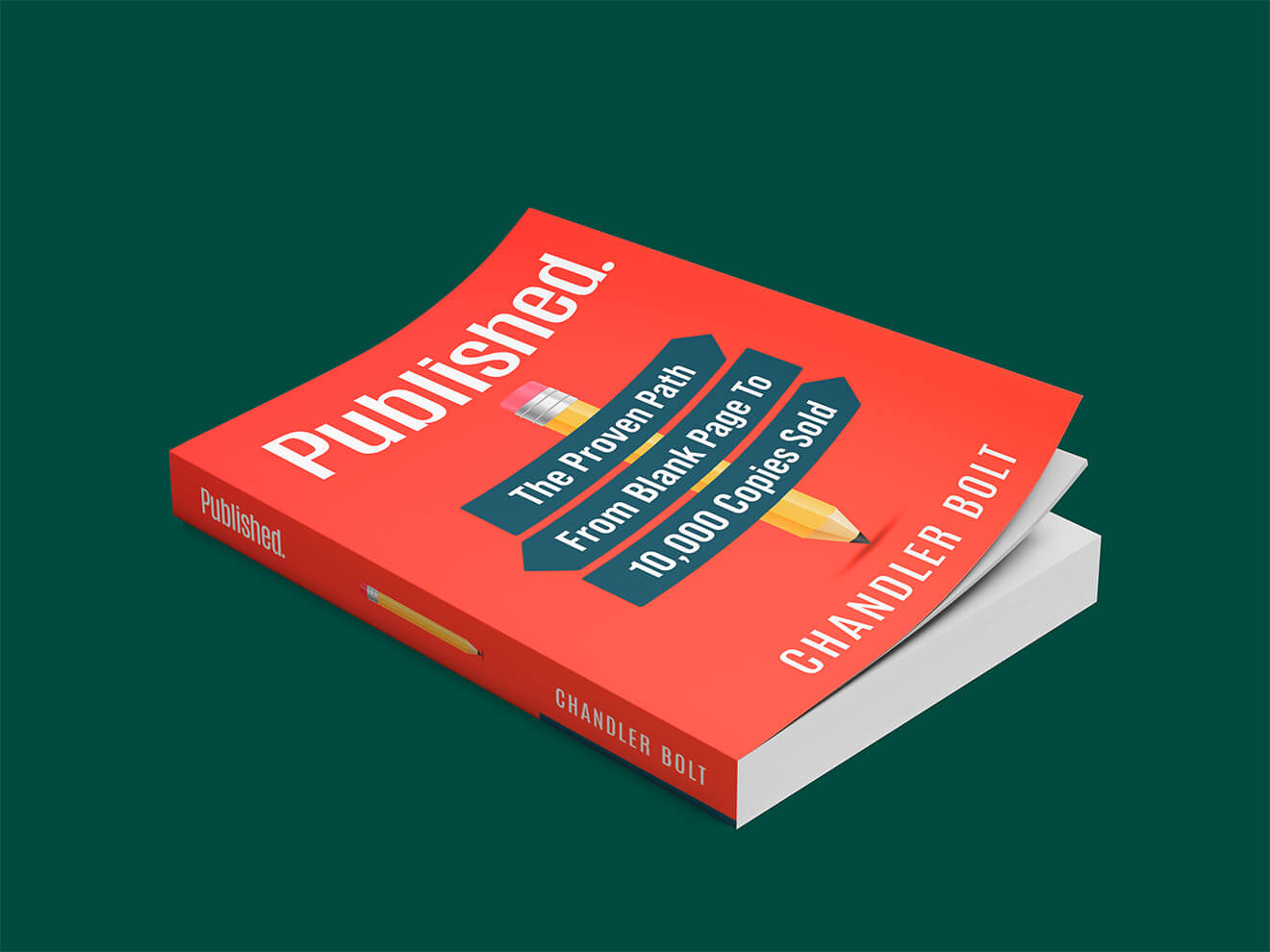Whether you’re writing a nonfiction manuscript, a devotional, or even a novel with scriptural references, knowing how to cite the Bible correctly is essential for both credibility and clarity. Unlike other books, the Bible is a sacred text with unique formatting conventions that differ depending on the citation style you’re using – be it MLA, APA, Chicago, or Turabian.
Because the Bible is often considered a classical work, its citation rules come with nuances that many writers overlook. For example, you don’t reference page numbers, but chapter and verse; and depending on your style guide, you may or may not need to include a full citation in your bibliography.
This guide will walk you through how to cite the Bible in various styles, offer best practices for consistent formatting, and help you avoid common mistakes. Whether you’re quoting scripture directly or simply referencing biblical ideas, this resource will help ensure your writing is both respectful and professionally polished.
How to cite the Bible
Citing the Bible in a book or academic work depends on the style guide you’re following. Here are examples for the most common citation styles: MLA, APA, Chicago, and Turabian. Each has specific rules, especially since the Bible is a classical work.
How to cite the Bible MLA (Modern Language Association)
MLA treats the Bible as a classic work, so you cite it in-text by version, book, chapter, and verse, and include it in the Works Cited if a specific edition is used.
In-text citation:
(New International Version, John 3.16)
Works Cited:
The Holy Bible: New International Version. Zondervan, 2011.
If you’re citing a specific study Bible or version:
The New Oxford Annotated Bible: With the Apocryphal/Deuterocanonical Books, New Revised Standard Version, edited by Michael D. Coogan, Oxford UP, 2010.
How to cite the Bible APA (American Psychological Association)
APA 7th edition considers the Bible a classical work, so you don’t include it in the reference list unless you’re citing a specific version published recently.
In-text citation:
(English Standard Version Bible, 2001, John 3:16)
Use book, chapter, and verse.
Include the version and publication year only the first time you cite it.
Reference list (if needed):
English Standard Version Bible. (2001). Crossway Bibles.
APA doesn’t require reference entries for classical religious works (like the KJV or NIV) unless you’re using a specific modern edition.
How to cite the Bible Chicago Style
Chicago has two systems: Notes and Bibliography (common in humanities) and Author-Date (used in social sciences). Here’s both:
a. Notes and Bibliography (footnotes):
First footnote:
- The Holy Bible, New International Version (Grand Rapids: Zondervan, 2011), John 3:16.
Later citations:
5. NIV, John 3:16.
Bibliography (optional for classical works):
The Holy Bible: New International Version. Grand Rapids: Zondervan, 2011.
b. Author-Date Style (rare for Bible citations):
In-text citation:
(New International Version 2011, John 3:16)
Reference List:
New International Version. 2011. The Holy Bible. Grand Rapids: Zondervan.
How to cite the Bible Turabian Style
Turabian is essentially a student-friendly version of Chicago.
Footnote:
The Holy Bible, English Standard Version (Wheaton: Crossway, 2016), Rom. 5:8.
Bibliography (optional):
The Holy Bible: English Standard Version. Wheaton: Crossway, 2016.
More notes for all citation styles
When learning how to cite the Bible for your book, here are some things to keep in mindL:
Bible citations use chapter and verse, not page numbers
Always format citations like this: John 3:16, not “p. 103.”
The standard format is: Book Chapter:Verse(s) (e.g., Psalm 23:1–4).
Abbreviate biblical books (only if style allows or requires)
Some styles (like APA or MLA) prefer the full name of the book, unless you’re using a commonly accepted abbreviation (like “1 Cor. 13:4”).
Chicago and Turabian accept abbreviations in footnotes if you define them early.
Specify the translation or version
Always include the version you’re using (e.g., NIV, KJV, ESV, NRSV, The Message).
Do this at the first mention in the text or citation, especially if you’re using multiple versions.
Example: “For God so loved the world…” (John 3:16, NIV).
Use a consistent version throughout
Unless you’re comparing versions for a specific reason, stick to one translation throughout your work.
No author or publisher is needed for ancient or classical Bibles
When citing classic versions like the KJV, you usually don’t include a publisher in the citation.
But modern study Bibles or annotated editions should include full publication details.
The Bible is usually not italicized in in-text citations
Only the title is italicized in a reference or bibliography.
The book names and scripture references are not italicized or in quotation marks in the body of your text.
Don’t use Roman numerals for book names
Do not use Roman numerals unless your style guide or source does (e.g., write 1 Corinthians, not I Corinthians, unless quoting an older source).
For digital editions or online Bibles
If you cite from Bible Gateway, Bible.com, or another digital Bible, include the URL and access date if required by the style.
Example (APA):
New International Version Bible. (2011). BibleGateway.com. https://www.biblegateway.com/
Referencing multiple passages
Separate different passages with a semicolon:
(Matthew 5:3–10; Luke 6:20–23)
Now that you know how to cite the Bible in your book, let’s take a look at a few books that do it well!
Christian books by selfpublishing.com authors
If you want to see how to cite the Bible in your literary text, here are some great examples from our authors at selfpublishing.com.
Rebranding the Church: Rediscovering the Greatest Story Ever Told to Connect with Modern Audiences by Peder Tellefsdal
In Rebranding the Church, Peder Tellefsdal draws on his background in political consulting and communication to critique how contemporary churches are failing to connect with modern audiences – either by diluting the Gospel to seem culturally palatable (“chameleon churches”) or retreating into isolation with rigid, alienating messaging (“turtle churches”)
The book is structured into three sections:
“How Did We Get Here?” – A historical and analytical look at how church messaging drifted from core Gospel themes to societal issues, supported by interviews and personal reflections.
“How the Church Can Communicate Better” – Practical advice on clear, compelling messaging, reclaiming moral language, and storytelling techniques that resonate today.
“Where Do We Go from Here?” – Strategies for rebuilding a relevant Christian narrative, including branding, media relations, and leveraging the transformative power of grace.
Wolves Among Us: Biblical Principles to Identify and Expose Spiritual Predators by Linda Reyburn Shirey
Wolves Among Us is a Christian non-fiction book focused on helping readers recognize and confront spiritual predation within church environments.
Drawing on the metaphor from Matthew 7 – where Jesus warns of false prophets as “ravenous wolves” disguised as sheep – Linda Shirey equips church attendees and leaders with biblical insights and practical tools to spot behavioral red flags, discern character, and protect congregational health.
Through a blend of scriptural analysis, real-life experiences, and spiritual counsel, Shirey encourages readers to trust their instincts, assess past encounters, and respond wisely to threats to the Body of Christ.
Unthinkable: Taking the Hand of Jesus Through Pain and Suffering Into a Life of Freedom and Purpose by Heather Bradley
Heather Bradley, an ordained pastoral minister and founding leader of Truth:Freedom Ministry, invites readers into a deeply personal journey of resilience and hope in her debut book, Unthinkable.
This Christian nonfiction memoir details her transformative experience following the tragic death of her son. Through heartfelt storytelling, Bradley illustrates how embracing faith in Jesus can transform suffering into healing, purpose, and freedom.
The book serves as both a testimony and a spiritual guide – encouraging readers to surrender their pain, walk through hardship with divine companionship, and discover how God can bring profound purpose from life’s most devastating moments.
A Different World: God’s Sovereignty in the Face of Suffering by David Libby
David Libby, a Maine-based logger, church elder, and theological lecturer, offers a thoughtful exploration of faith amid hardship. In A Different World, Libby grapples with life’s toughest questions – particularly why suffering exists if God is sovereign.
Drawing from his experiences leading a church plant, facilitating “Worldview Night” discussions, and engaging deeply with philosophical and theological inquiry, Libby presents a compelling case for how belief in a transcendent divine authority offers the only meaningful foundation for truth and morality, while in contrast, nihilism ultimately undermines itself.
The book is an invitation to readers who have faced deep trials and want to discover a hope that transcends suffering. It interweaves clear reasoning, personal reflections, and accessible writing to encourage a faith grounded not in cultural trends but in the unwavering character of God.
Write and publish your faith-based book
Learning how to cite the Bible correctly isn’t just about following academic rules – it’s about honoring the sacred text and ensuring your work reflects accuracy, credibility, and respect for your sources.
Whether you’re writing a devotional, theological commentary, memoir, or even a novel with scriptural references, taking the time to cite well helps your message shine with clarity and integrity.
And if you ever feel stuck (or just want a trusted partner along your publishing journey) selfpublishing.com is here to help. From writing coaching to editing, marketing strategy, and full publishing support, we specialize in helping authors bring their message to life and into the hands of readers who need it most.
Wherever you are in your writing process, you don’t have to go it alone.





















![How Much Does It Cost to Publish a Book? [2026 Costs] How Much Does It Cost to Publish a Book? [2026 Costs]](https://selfpublishing.com/wp-content/uploads/2024/02/how-much-does-it-cost-to-publish-a-book.jpeg)

